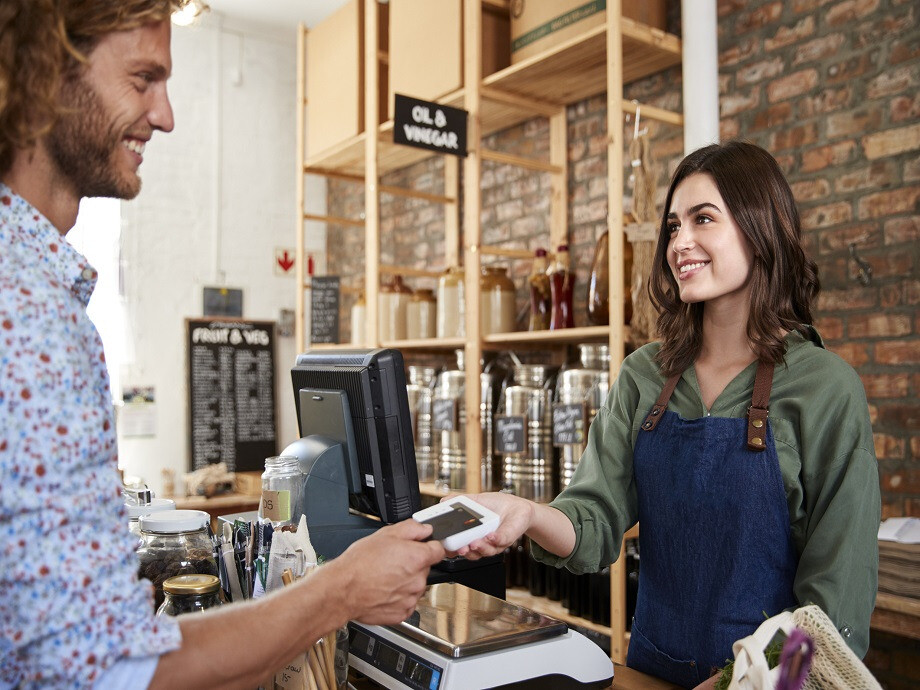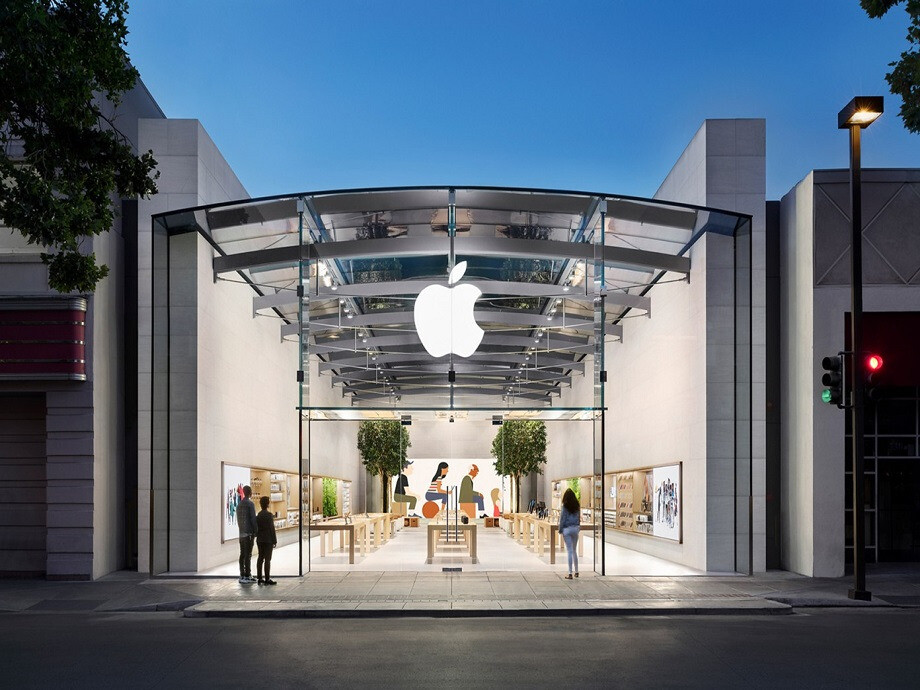
The difference between NFC, Bluetooth, and RFID
We live in a time in which technological advancements are happening so regularly, it can be hard to keep up. So while our own organisation resides in the world of Near Field Communication (NFC) and the different fields it occupies, it is not surprising that there is occasionally a little confusion surrounding technologies which are related to, or similar to NFC; namely Bluetooth and Radio Frequency Identification (RFID).
So let's use this blog to clear up a few things about NFC, Bluetooth and RFID, highlighting their main characteristics, and, of course, their advantages.
Bluetooth
Bluetooth has been around a while now, since 1994, to be exact. The majority of Bluetooth devices being used for non industrial purposes facilitate two way communication, within a ten metre range. It is not common to find a mobile phone in the modern era which doesn't support Bluetooth and it is useful for pairing devices such as a mobile handset to a TV, sound system or car stereo. For simple communication for two devices within a small area, it does the job well.
RFID
For longer distances, RFID enabled tags can be read up to a range of 100 metres, and offer advantages where supply chain management and inventory tracking are concerned. Unlike NFC, which we will come onto, RFID tags on items within the supply chain, such as boxes and pieces of machinery, can only be read with a special reading device. RFID is a one way form of communication.
NFC
A form of RFID itself, NFC takes the ability to tag and track and makes it possible with virtually any application. All you need to read NFC tags is an NFC enabled device, which counts for the majority of smart phones currently on the market. It takes the two way communication which is also a Bluetooth benefit and combines it with the wider uses of RFID technology, and is currently used in a huge range of devices across the world. You need to get up close in order to read NFC Tags, within a range of two inches usually does it, and NFC Devices are capable of emulating a card to facilitate Contactless payment, along with a vast variety of other logistical and marketing uses, as you can see from our website.
So there is our fact check on three similar, but in some ways very different technologies. For more info feel free to get in touch either by phone, email or skype.



Comments